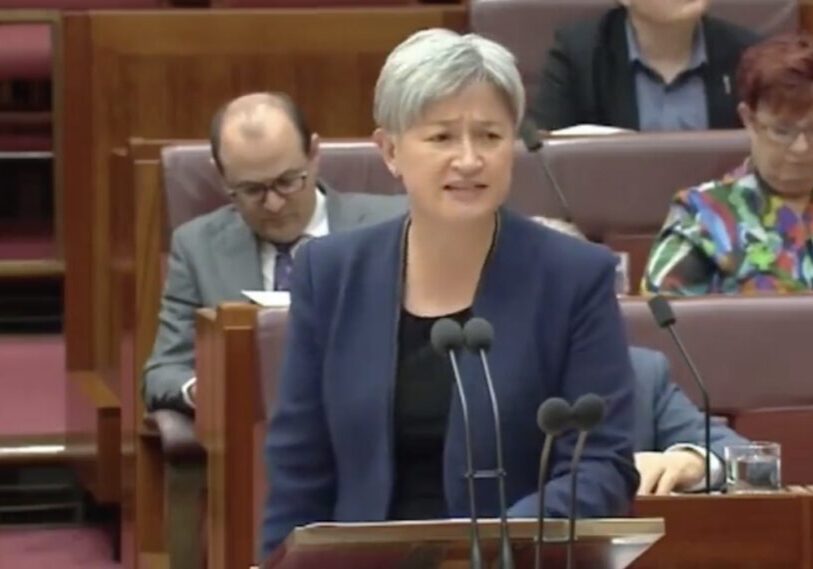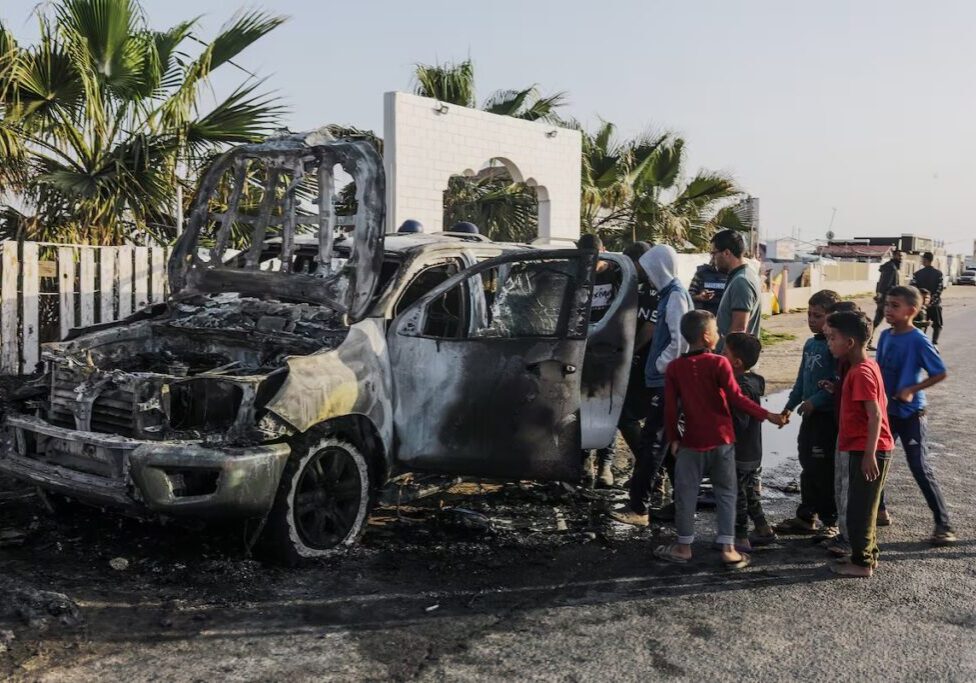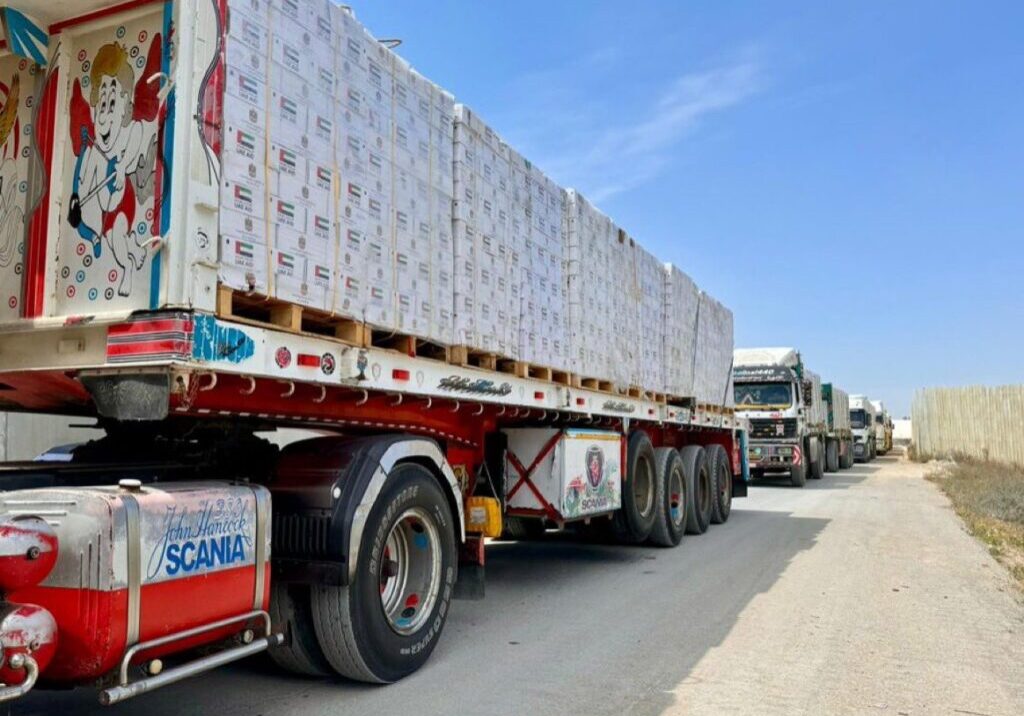Australia/Israel Review
Scribblings: Israel’s Emotional Rollercoaster
Apr 29, 2013 | Tzvi Fleischer
Tzvi Fleischer
Israel’s Emotional Rollercoaster
One of the most interesting and original aspects of Israeli national culture has been the coupling of Israel’s Independence Day, Yom Haatzmaut, with the memorial day for victims of war and terrorism, Yom Hazikaron. Yom Hazikaron, is the 4th of Iyyar in the Jewish calendar, one day before Yom Haatzmaut, the 5th of Iyyar. These fell on April 15 and April 16, respectively, this year.
Yom Hazikaron in Israel is emotionally very intense,with almost everyone knowing someone who died, or who lost a loved one. It’s a small country, and has lost 23,085 soldiers in conflict and 2,493 civilian victims to terror. The two sirens sounded in honour of the day – one at 8pm the previous night and the second at 11am – sees the whole country stand in silence, drivers stopping and getting out of their cars, public transport halted. Public ceremonies are widely attended or watched on TV.
And then the day ends with Yom Haatzmaut, a day of parties, barbecues, public concerts, dancing in the streets and fireworks. There’s even a custom for Israeli kids to hit everyone in sight with little plastic hammers that make noise.
In other words, the two days of Yom Hazikaron and Yom Haatzmaut are an emotional rollercoaster – from the depths of solemnity and sadness, of silence and stillness, to joy, partying, raucousness and even silliness.
This journey through extremes of feeling is pretty unique, and lends both the two days an unusual poignancy and emotional significance.
But why did Israel’s founding fathers make a decision, in 1951, to couple the two days together in this way?
There’s a poem by the renowned Israeli poet Nathan Alterman (1910-1970) which is associated with Yom Hazikaron and explains better than I possibly could what this juxtaposition is intended to convey. It’s titled “The Silver Platter” – recalling something Chaim Weizman, subsequently Israel’s first president, said following the UN’s passage of the partition plan in 1947: “A State is not handed to a people on a silver platter…The partition plan does not give the Jews but an opportunity.”
Here’s the poem, in translation:
The Silver Platter
The Earth grows still.
The lurid sky slowly pales
Over smoking borders.
Heartsick, but still living, a people stand by
To greet the uniqueness
of the miracle.
Readied, they wait beneath the moon,
Wrapped in awesome joy, before the light.
– Then, soon,
A girl and boy step forward,
And slowly walk before the waiting nation;
In work garb and heavy-shod
They climb
In stillness.
Wearing yet the dress of battle, the grime
Of aching day and fire-filled night
Unwashed, weary unto death, not knowing rest,
But wearing youth like dewdrops in their hair.
– Silently the two approach
And stand.
Are they of the quick or of the dead?
Through wondering tears, the people stare.
“Who are you, the silent two?”
And they reply: “We are the silver platter
Upon which the Jewish State was served to you.”
And speaking, fall in shadow at the nation’s feet.
Let the rest in Israel’s chronicles be told.
Meanwhile, in Gaza…
If you obtain your knowledge of the Middle East from the Australian media, here are some things that have been happening in Gaza over the past couple of months that you probably don’t know about:
• Hamas has been facing demonstrations because it has been demolishing dozens of houses its says are built illegally on public land (Source: Maan News Agency, Feb. 13).
• Hamas temporarily banned all Gaza fishermen from fishing for at least three days for “security reasons” in mid-April, apparently to prevent any chance of three escaped prisoners leaving the Gaza Strip (Source: Times of Israel, April 17).
• Hamas bulldozed part of the ancient Anthedon Harbor in Gaza – a 3,000-year-old seaport nominated as a UNESCO World Heritage site by the Palesitinian Authority – to extend a “military training zone”, i.e. a terrorist training camp (Source: al-Monitor, April 16).
• Hamas announced that, from next semester, all female university students will have to wear the head to toe “Burqa” covering that allows only the eyes to be visible (Source: Ynet, Feb. 5).
• Hamas was heavily criticised by Human Rights Watch in early April for failing to investigate the extrajudicial execution of seven alleged collaborators with Israel last November, despite promising to do so. (Source: Ynet, April 11).
The Australian media, with rare exception, did not think any of this was worth reporting. Yet if Israel had been involved – if Israel had demolished Palestinian homes built illegally, closed down all fishing for days for “security reasons”, bulldozed a nominated world heritage site for military purposes, or been the subject of a strong condemnation from a major human rights NGO – you can bet that these things would have been reported. We know this because claims about Israel doing such things have been reported in the past.
Why the difference? It’s not because there is no interest in Israeli-Palestinian affairs – the whole area gets completely disproportionate news coverage compared to virtually any other region in the world.
It’s simply because all interest in the region is rooted in a simplistic narrative frame related to the conflict – an overall mental worldview held by most journalists and editors. Anything alleging Israeli “oppression” of Palestinians fits this frame, anything foreshadowing a possible conflict resolution fits the frame, sometimes, but not always, terror and rocket attacks against Israel fit the frame. Anything which does not is simply regarded by editors as not “newsworthy”.
While this is to some degree inevitable, it is worth always remembering that the dominance of the narrative frame over news decision-making means that any “news” you get from the region in mainstream outlets is likely to be shallow, incomplete, lacking in nuance, and missing whole aspects of what is going on.
Tags: Israel






